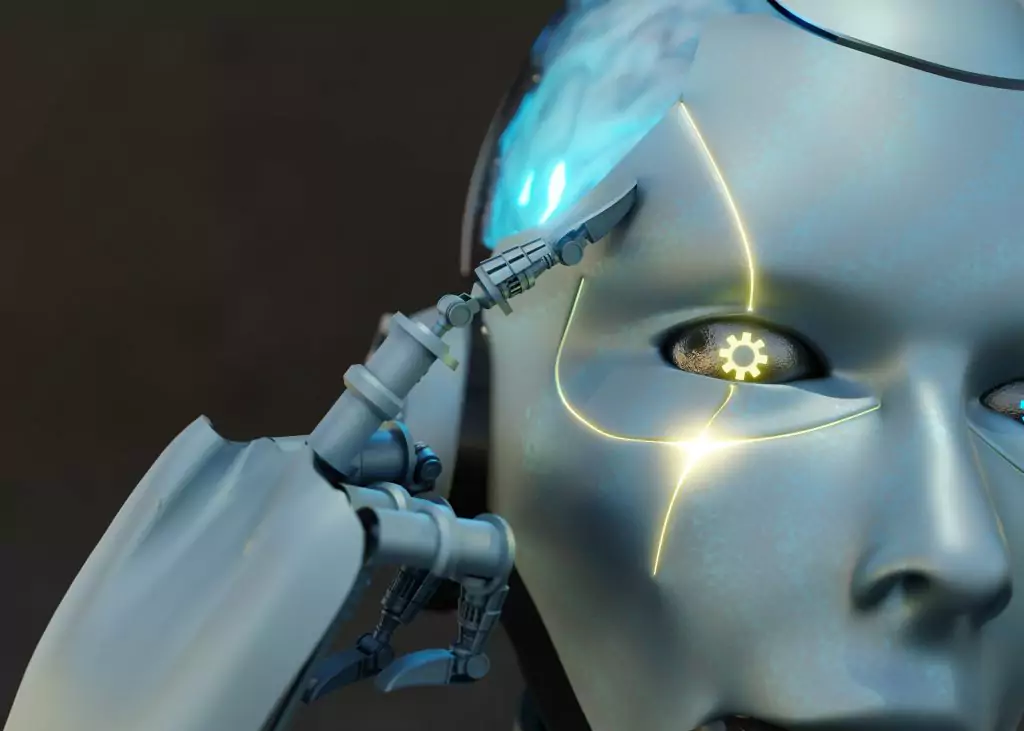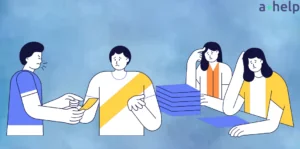
In a recent development covered by The Washington Post, it appears that accurately detecting text generated by artificial intelligence (AI) systems such as OpenAI’s ChatGPT might be much harder than initially anticipated. This development poses a serious issue, especially for teachers striving to maintain academic integrity.

✅ AI Essay Writer ✅ AI Detector ✅ Plagchecker ✅ Paraphraser
✅ Summarizer ✅ Citation Generator
Key Takeaways
- Turnitin, a leading educational software company, has discovered that its AI-detection technology, used to identify AI-generated essays, has a higher reliability issue than previously stated.
- There is an increasing realization that current AI detectors are far from infallible, with cases of false detections rising, which can have severe implications in academic and other sensitive sectors.
- The difficulty of creating a highly reliable AI detector is increasingly becoming apparent, considering the evolving sophistication of AI technology, with the lines between AI and human-produced text rapidly blurring.
The Growing Dilemma in AI Detection
Turnitin, which utilizes an AI detection system to identify student essays potentially crafted with AI, has been operating on more than 38 million essays since April. This technology assigns a percentage score denoting the likelihood of the essay being AI-generated. However, after revelations about the system’s accuracy, Turnitin is now making adjustments to its system.
Previously, Turnitin stated that their technology had a less than 1 percent error rate for false positives, i.e., authentic student writing mistakenly flagged as AI-generated. Now, the company admits that, on a sentence-by-sentence level, their software inaccurately flags 4 percent of student writing.
Turnitin Chief Product Officer Annie Chechitelli explained, “We cannot mitigate the risk of false positives completely given the nature of AI writing and analysis, so, it is important that educators use the AI score to start a meaningful and impactful dialogue with their students in such instances.”
The Need for Transparency and Reliability
In addition to Turnitin, there has been an influx of AI-detection programs like ZeroGPT and Writer, even one from OpenAI. However, these detectors have exhibited numerous flaws, adding to the ongoing debate about the reliability of AI detectors.
An alarming study from Soheil Feizi, a computer science professor at the University of Maryland, disclosed that no publicly available AI detectors are sufficiently reliable in practical situations. “They have a very high false-positive rate, and can be easily evaded,” Feizi stated. He also warned that AI detectors are more likely to flag work from students for whom English is not their first language, raising concerns about the inclusivity and fairness of these tools.
Feizi proposes a stringent error baseline for AI detectors, suggesting an acceptable false-positive rate of just 0.01 percent. However, achieving this level of accuracy, he admits, is currently impossible.
Adapting to a New Reality
As the boundary between AI-generated text and human writing continues to blur, Feizi suggests a shift in approach. “We should adapt our education system to not police the use of the AI models, but basically embrace it to help students to use it and learn from it,” he commented.

The quest for reliable AI detectors is far from over. It’s clear that as AI continues to evolve, a recalibration of our expectations, methods, and attitudes towards these tools is essential. Embracing AI as a learning tool, rather than a threat to integrity, could potentially herald a shift in education.
Misconceptions About AI Cheating Detection
One of the most significant roadblocks in addressing the AI cheating detection problem is the spread of several misconceptions, which can cloud understanding and impede solutions.
- AI Detectors are Infallible: As we’ve seen with Turnitin and other detection software, AI detectors are far from perfect. They can produce both false positives (wrongly identifying genuine student work as AI-generated) and false negatives (failing to detect when AI has been used).
- AI Can’t Mimic Human Writing Style: Advances in AI, particularly in Natural Language Processing (NLP) technologies like ChatGPT, mean that AI can generate text that is becoming increasingly hard to distinguish from human-written text. This makes detection more challenging.
- AI Detection Errors Are Minimal: Even a small error rate, such as 1 or 4 percent, can have serious implications when scaled up to millions of essays, potentially leading to thousands of wrong accusations.
- All AI Detectors Work the Same Way: Different AI detectors use different algorithms and methods, leading to variance in detection accuracy. It’s essential to remember that not all tools are created equal.
- AI Detectors Are Unbiased: As highlighted by Soheil Feizi, AI detectors can inadvertently flag non-native English speakers’ work at higher rates, revealing potential biases in the systems.
Understanding these misconceptions is a crucial first step in engaging with AI use and detection in education, ensuring fairness and accuracy as AI continues to evolve.
Related articles:
Cambridge University Turns a Blind Eye to AI Chatbot Use by Students
AI Tools for Academic Writing Gain Growing Traction Among US Students, the survey reveals
OpenAI Sued for Defamation by Radio Host Over False Accusations Generated by ChatGPT
Follow us on Reddit for more insights and updates.





Comments (0)
Welcome to A*Help comments!
We’re all about debate and discussion at A*Help.
We value the diverse opinions of users, so you may find points of view that you don’t agree with. And that’s cool. However, there are certain things we’re not OK with: attempts to manipulate our data in any way, for example, or the posting of discriminative, offensive, hateful, or disparaging material.